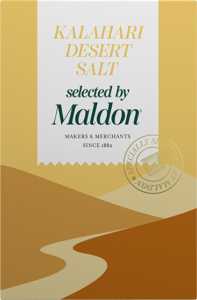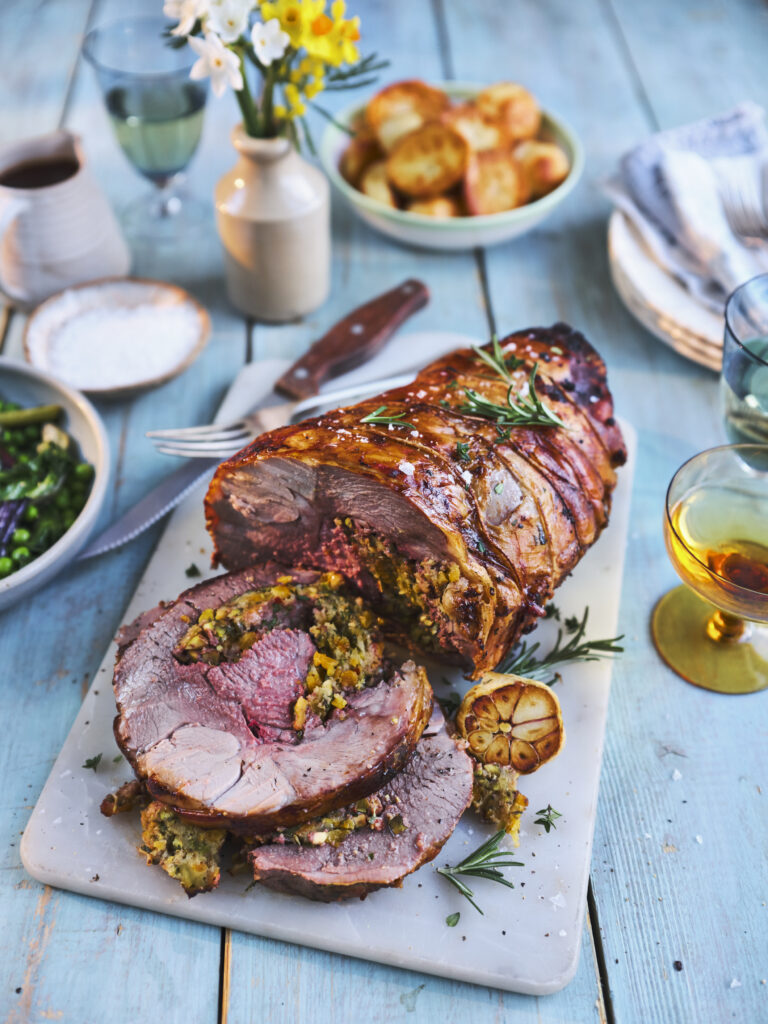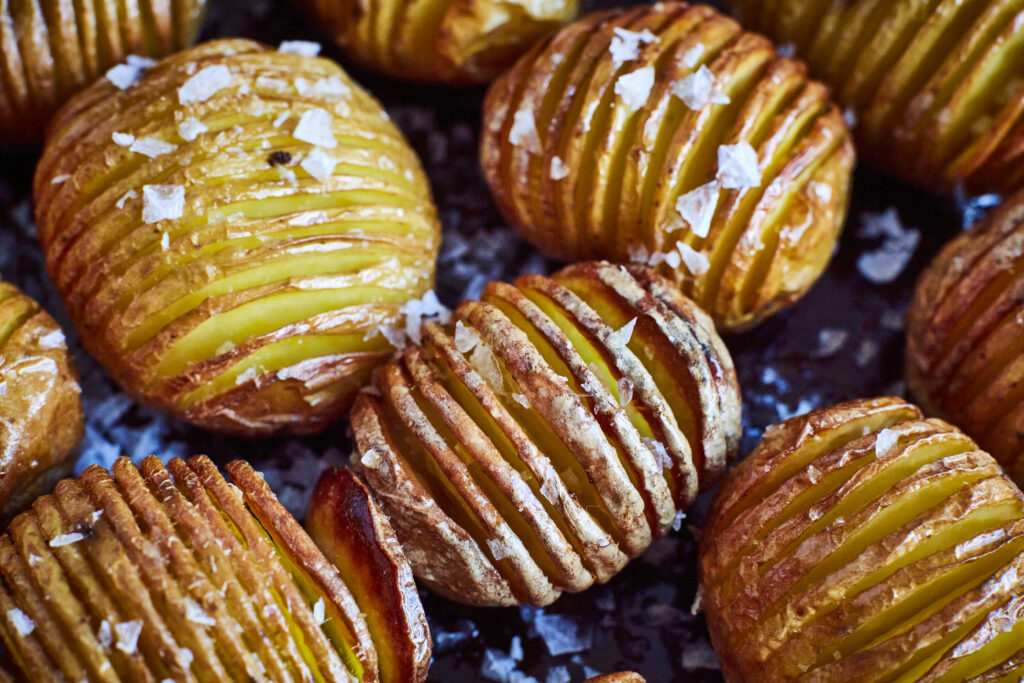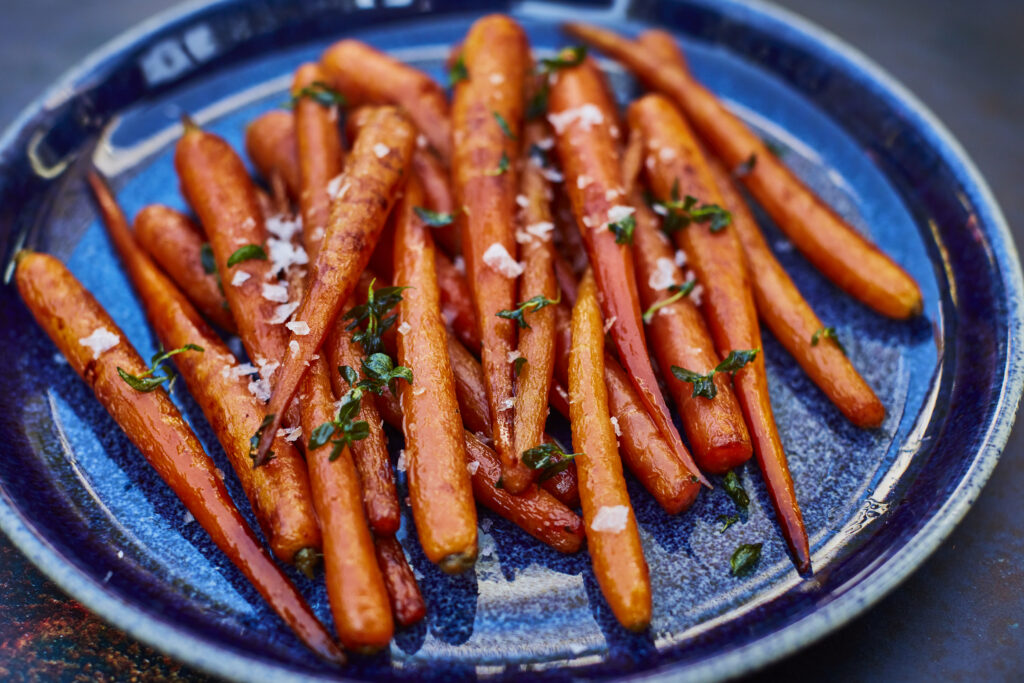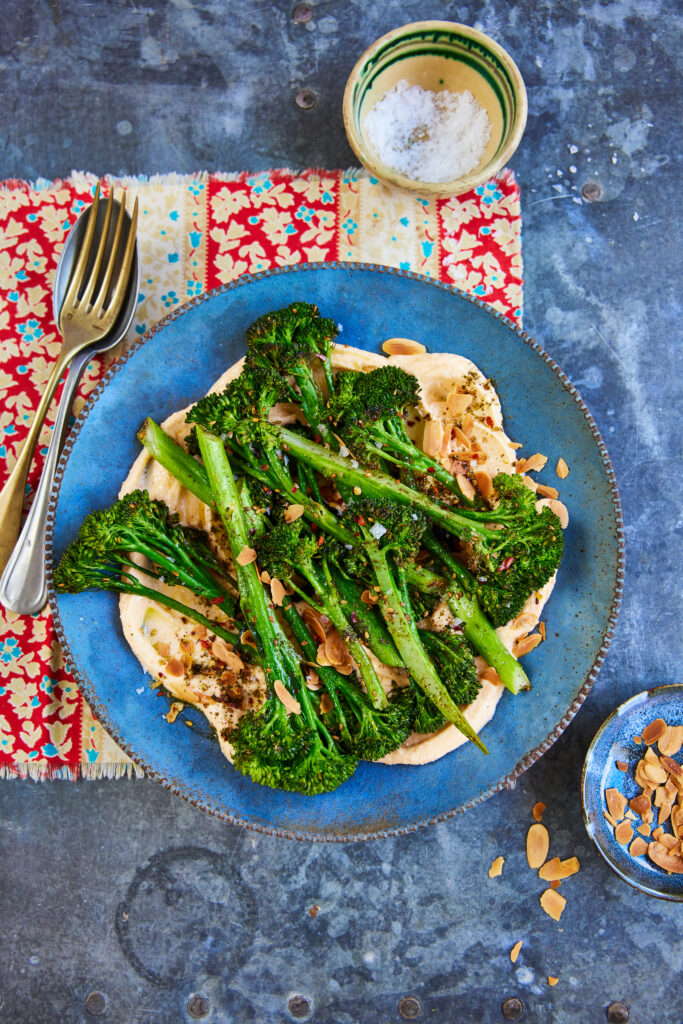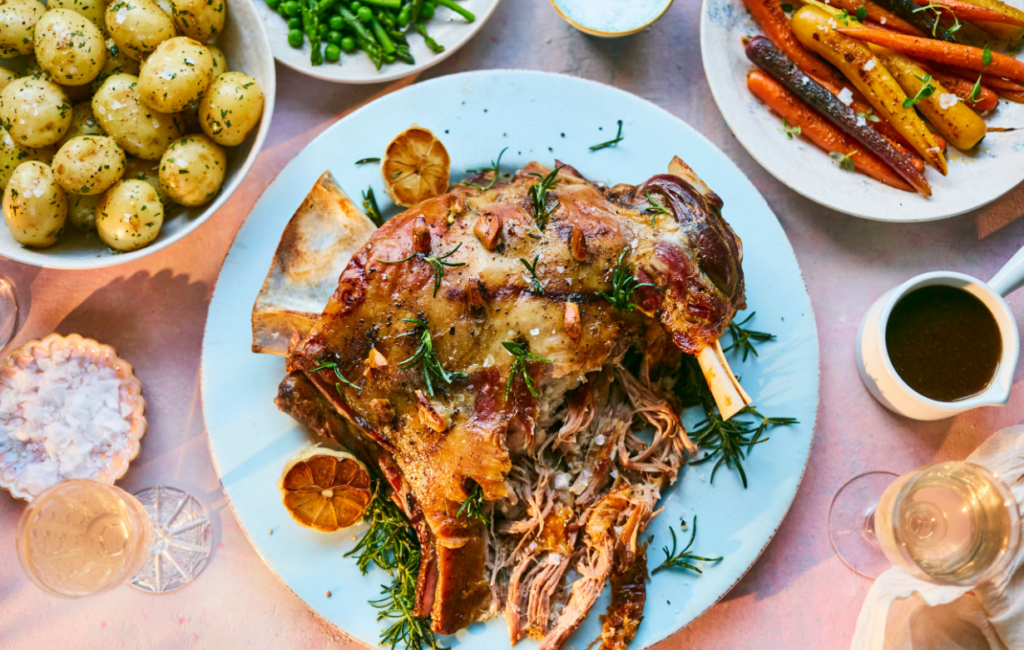Why do we eat lamb at Easter?
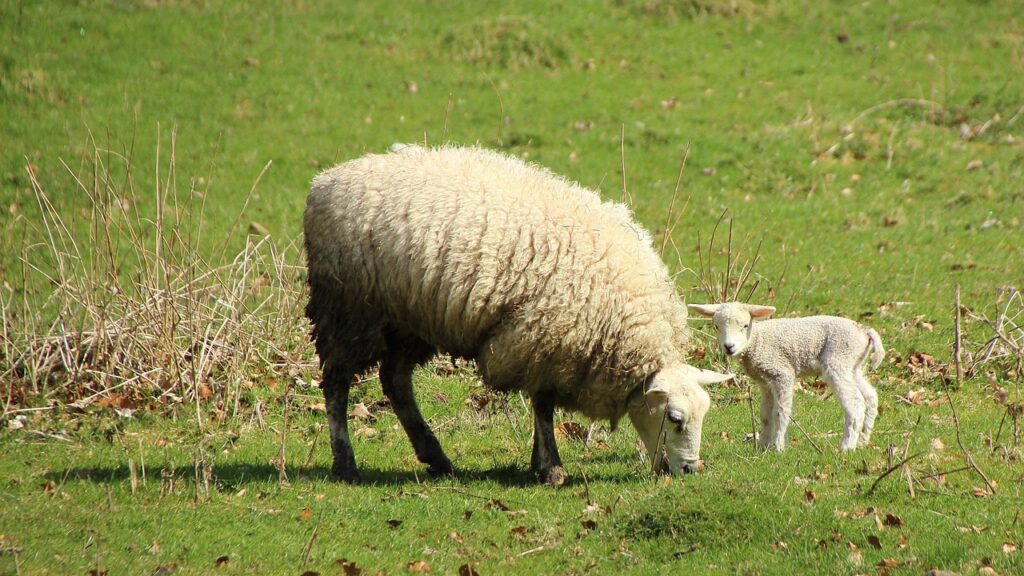
Have you ever wondered why we eat lamb during Easter? Many think it’s due to seasonality because Easter usually falls on or around lambing season in the UK. (February to April). But that’s actually false for many British farmers who know and keep lamb…The lamb you’re eating for your Easter Sunday roast would have most likely been born in December, kept warm indoors throughout the winter and fattened on grain – so it’s not actually born in Spring at all!
Alternatively, Farm2Fork also suggests if you are eating grass-fed lamb on Easter Day, then it most likely travelled from New Zealand to be a part of your roast dinner.
So, if we don’t eat lamb because it’s in season, why do we eat it?
The main reason is due to religion and faith. In Christianity, Jesus is often referred to as the ‘lamb of God’ in the Gospel of John. As a result, the eating of lamb represents the person we are commemorating and the sacrifice he made for humanity.
However, if we go even deeper in history, before the birth of Christianity, we can see roast lamb being used in the early Passover. When Egypt experienced the terrible plagues and deaths of firstborn sons, the Jews painted (sacrificed) lamb’s blood on their doors so that God would ‘pass over’ their homes and punish the sinners. Later on, when certain Jews would convert to Christianity, they carried over the tradition of eating lamb.
Although Christians do not practise sacrifice in this manner any longer, it is fair to say that we have built our traditions of eating lamb due to historic and religious customs.
If you’re looking for something other than lamb to eat on Easter, check out our perfect Easter recipes; a selection of of meat and vegetarian options for you to enjoy during your Easter Sunday roast.
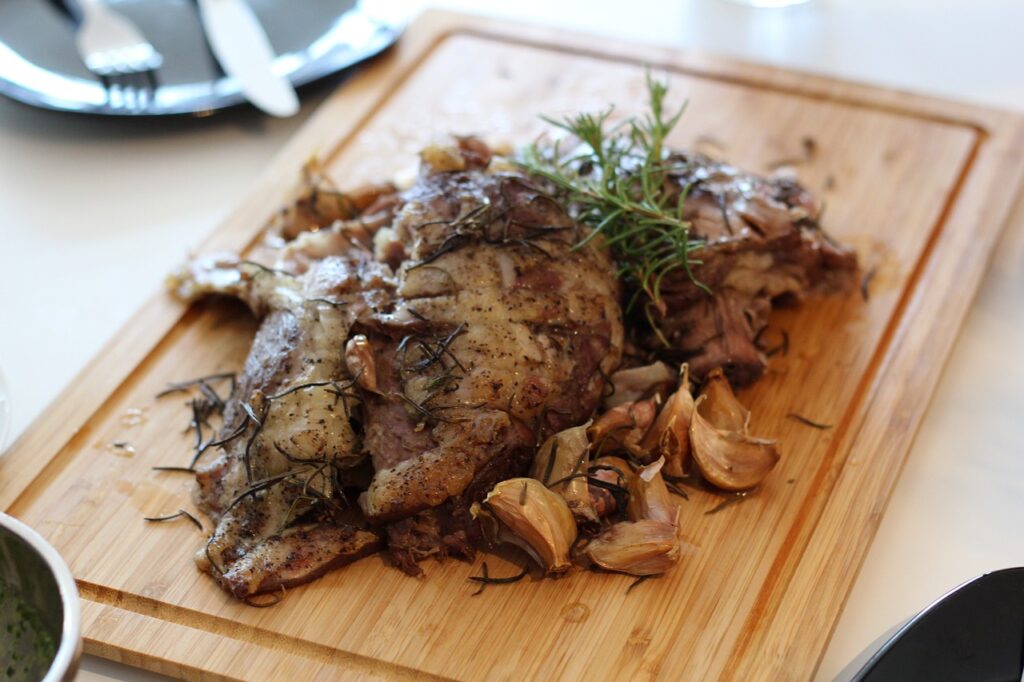
How to butterfly a leg of lamb
In this recipe, we use a butterflied lamb joint, ready to be stuffed, tied and then roasted in the oven. Jamie Oliver shows readers a brilliant method in butterflying your lamb joint yourself and not done by your local butcher!
- Try to prepare you lamb the day before you want to cook.
- Use a sharp knife and carefully cut down the leg to expose the bone.
- Making sure you keep the knife as close to the bone as possible, begin cutting along the edge to completely expose the bone.
- Cut around the bone until you are able to remove it.
- You can now lay the lamb flat on a chopping board, making sure it is skin-side down.
- Using your knife again, make an incision halfway into the flesh on each side (where the meat is thicker), then open it out like a book – or – like butterfly wings on each side!
- You should now have a flat piece of lamb of equal thickness.
You have now successfully butterflying your leg of lamb, ready to be stuffed with your favourite seasonings and then tied before roasting!
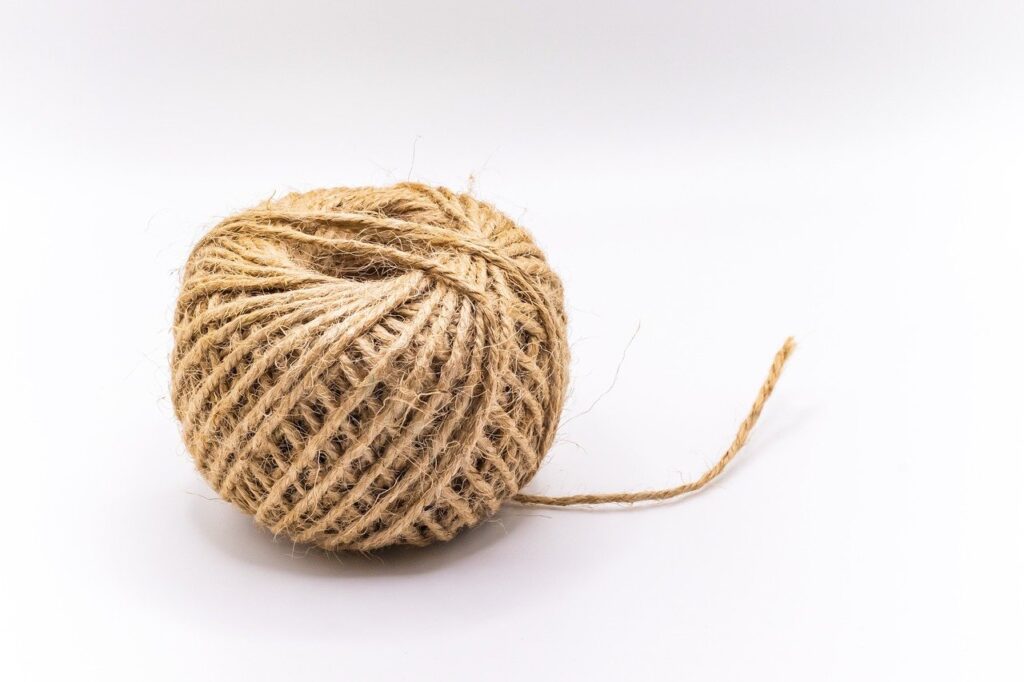
How to tie a leg of lamb
Once you have butterflied your leg of lamb and packed it full of delicious ingredients such as rosemary, pine nuts, garlic or mint (the list goes on!), you now need to tie it together to seal in all the flavours.
- Cut a length of butcher’s twine, long enough to wrap around the lamb a few times.
- Place the twin on a flat surface.
- Lie the leg of lamb on top of the twine.
- Slide the twine under the leg, positioning it roughly 1 inch from the end.
- Cross the ends of the two ends of the twine over the top of the leg, pulling them tightly.
- Tie a strong knot to hold the leg in place.
- Now work towards the other end of the leg, looping the twine around and making sure you’re pulling it tight each time to secure the shape.
- Once you have reached the end of the leg, tie another secure knot to hold the twine in place.
- Cut with scissors any excess twine.
Now that you have tied your lamb, you’re ready to cook in the oven!
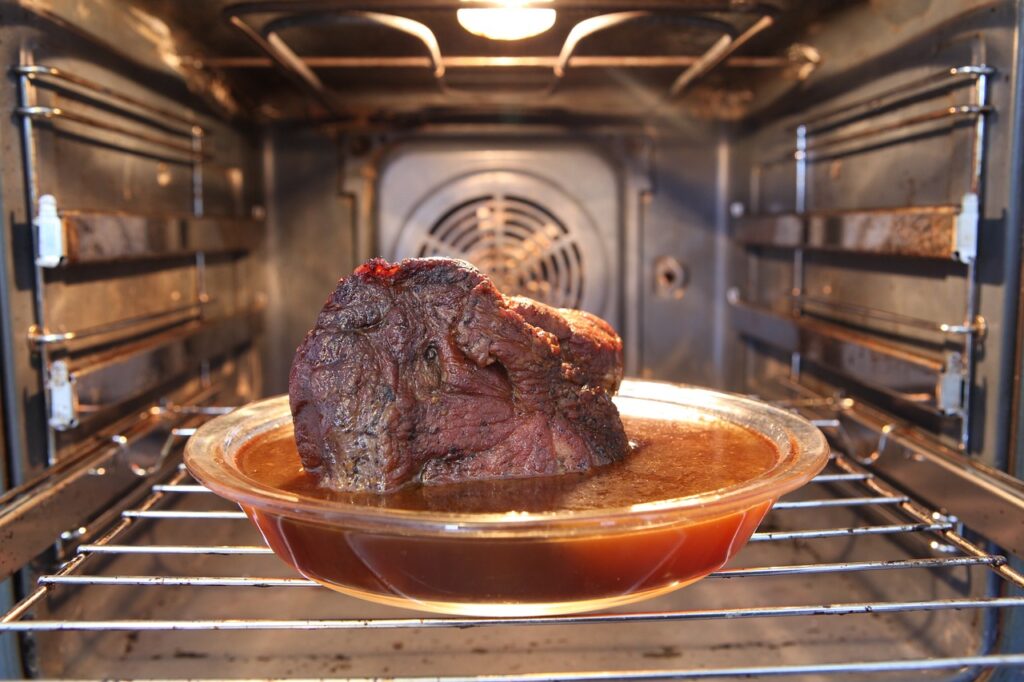
How to cook a leg of lamb
The best way to cook a leg of lamb perfectly is through roasting in the oven until pink on the inside, or roasted slowly for several hours until the meat is very tender and falls apart.
Cooking time for leg of lamb:
For a medium cooked lamb where the inside is blushing pink, it will take around 25 minutes per pound of meat. Alternatively, the internal temperature of the lamb should be around 130F.
If you’re looking for a succulent, falling apart lamb, it will take around 40 – 45 minutes per pound. Alternatively, the internal temperature of the lamb should be around 175F.
Cooking times for different levels of rareness for the lamb:
Rare: Around 15 minutes per pound / internal temperature 125 degrees F.
Medium Rare: 20 minutes per pound / internal temperature 130 degrees F.
Medium: 25 minutes per pound / internal temperature 135 degrees F.
Well-Done: 30 minutes per pound / internal temperature 155 degrees F.
Tender (falling apart lamb) – 40 minutes per pound / internal temperature 275 degrees F.
After you have cooked your leg of lamb to your desired texture and taste, you are now ready to carve!
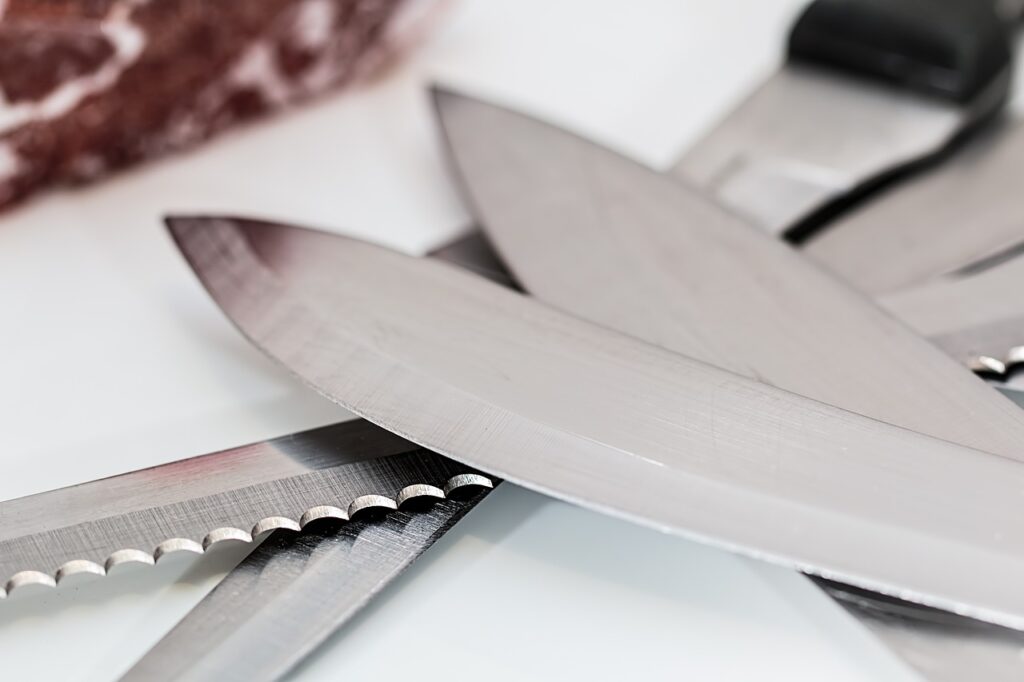
How to carve a leg of lamb
We followed Waitrose step-by-step guide on how to successfully carve a leg a of lamb.
- Once you have taken the meat out of the oven and rested for a few minutes, hold the bone, turning the leg so the thickest part of the meat is uppermost.
- Cut a narrow wedge of meat from the centre.
- Begin carving slices down to the bone with a knife angled along the line of the wedge. Cut across the base of the slices to free them from the bone.
- Turn the joint over and carve the remaining meat parallel to the bone.
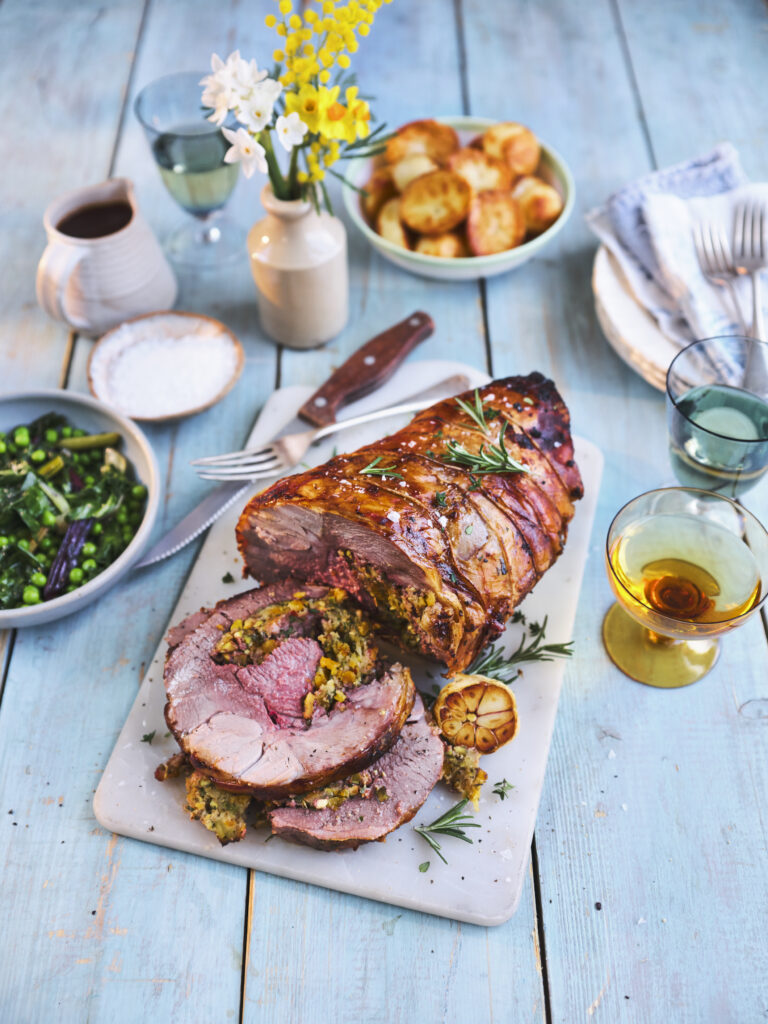
How to make stuffed leg of lamb with apricots, pistachios and parsley
You should now know the the basics for a leg of lamb; from it’s humble origins, tying, roasting to carving it perfectly, let’s now explore our delicious recipe where we stuff a leg of lamb with the delicious flavours of apricots, nutty pistachios and parsley.
- Preheat the oven to 220c.
- Start by making the stuffing mixture. In a large bowl add the fresh breadcrumbs, chopped pistachios, apricots, lemon zest, parsley, garlic, chilli flakes, and plenty of seasoning with Kalahari Desert Salt, Selected by Maldon and cracked black pepper. Mix this altogether well. In a small jug whisk the egg and olive oil, then pour this into the stuffing and mix again to help bind it.
- Open the butterflied lamb joint and line on the flesh side with the stuffing, packing it in tightly with your hands. Roll the meat as tightly as you can and then use butchers string to tie it up firmly.
- Place the rolled lamb onto a baking tray and into the hot oven, we want to brown the skin before turning the heat down for a slower cook.
- After 30 minutes, turn the oven down to 180c and cook for a remaining 50 minutes – 1 hour. If the lamb looks a little dark on top, simply cover with some foil.
- When the lamb is cooked to your liking, remove from the oven, and loosely cover with foil then allow it to rest for 15 minutes.
- Carve the meat and then bring to the table and serve alongside your favourite trimmings; we did roast potatoes, seasonal greens, and a lamb jus.
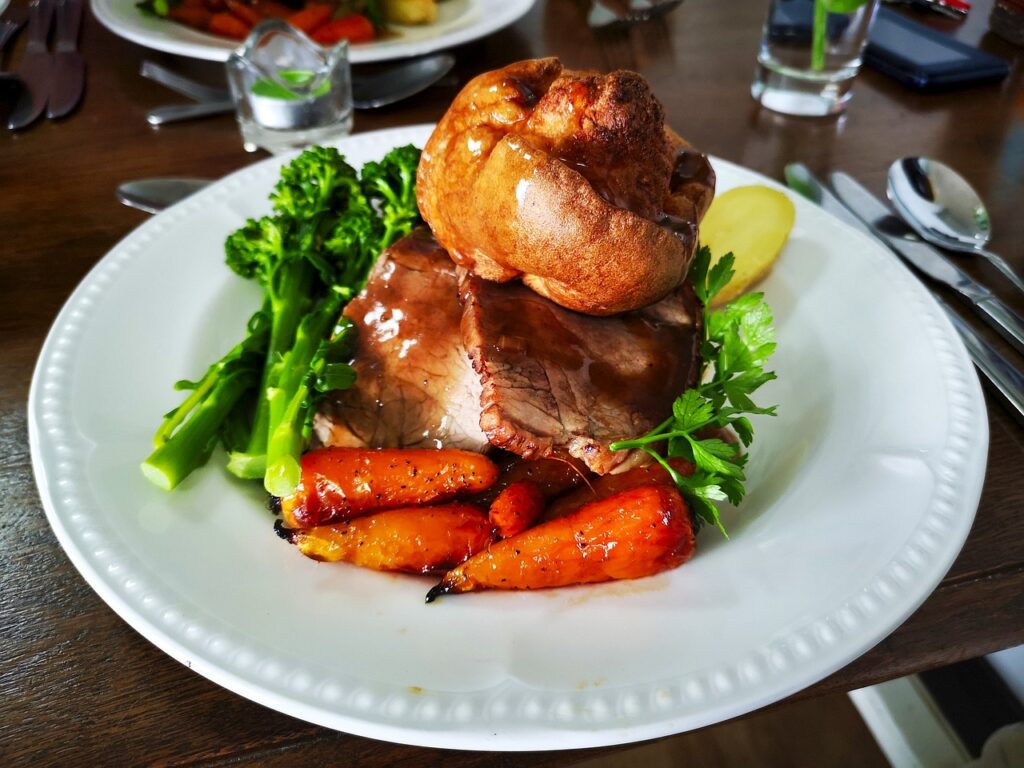
What to serve with leg of lamb
The options for what to serve with a leg of lamb are endless! Because the meat has a beautiful rich and flavourful taste, a combination of sweet and savoury both go well with the dish.
Roast Potatoes
One of the most common pairings with a leg of lamb – easy oven roast potatoes. Beautifully crispy on the outside and fluffy on the inside, they’re perfect to soak up the oozing juices of the lamb. If you really want to impress your guests, try making Hasselback roast potatoes, which give an extra dimension to the dish with it’s extra crispy texture, which compliments the soft meat of the lamb.
Lemon & Honey Glazed Roasted Carrots
If you want to add a gentle sweetness to the dish, serve these roasted carrots, coated in lemon and honey to give a delightfully sweet kick to the dish, a delicate flavours that works perfectly alongside leg of lamb.
Broccoli with Zaatar
Try adding a bit of green to the dish with roasted stem broccoli, paired with zaatar, chilli flakes and Maldon Salt to make a delicious spice blend that adds a bold flavour to the lamb. You can also serve this on a bed of feta, to give a gorgeous creaminess to the plate.
We hope you enjoyed making this classic Easter Sunday lunch!
Make sure you have your Maldon Salt ready for these recipes! If you are running out, please feel free to browse on our Where to Buy Page to find your nearest store in which stocks our beloved Maldon Salt.
Lastly, we LOVE seeing your creations – please tag us on Instagram using the #maldonsalt so we can share your delicious dishes!
